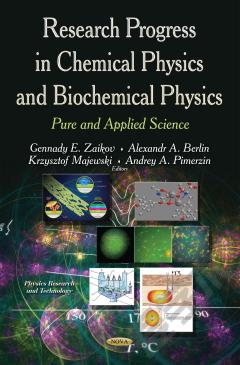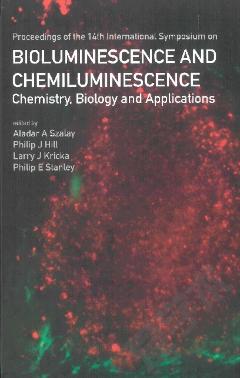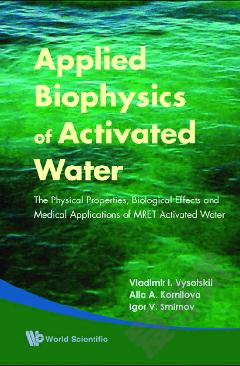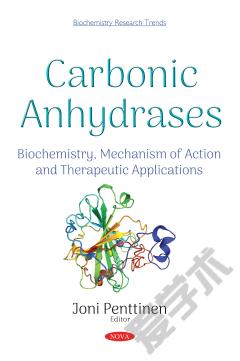Activated Barrier Crossing: Applications In Physics, Chemistry And Biology
The passage of a system from one minimum energy state to another via a potential energy barrier provides a model for the microscopic description of a wide range of physical, chemical and biological phenomena. Examples include diffusion of atoms in solids or on surfaces, flux transitions in superconducting quantum interference devices (SQUIDs), isomerization reactions in solution, electron transfer processes, and ligand binding in proteins. In general, both tunneling and thermally activated barrier crossing may be involved in determining the rate. This book surveys key experiments chosen from physics, chemistry and biology, and describes theoretical methods appropriate for both classical and quantum barrier crossing. A major feature of the book is the attempt to integrate the experimental and theoretical work in one volume.
{{comment.content}}








 京公网安备 11010802027623号
京公网安备 11010802027623号